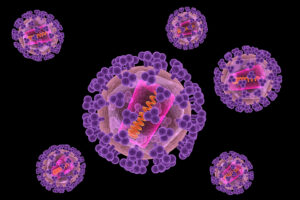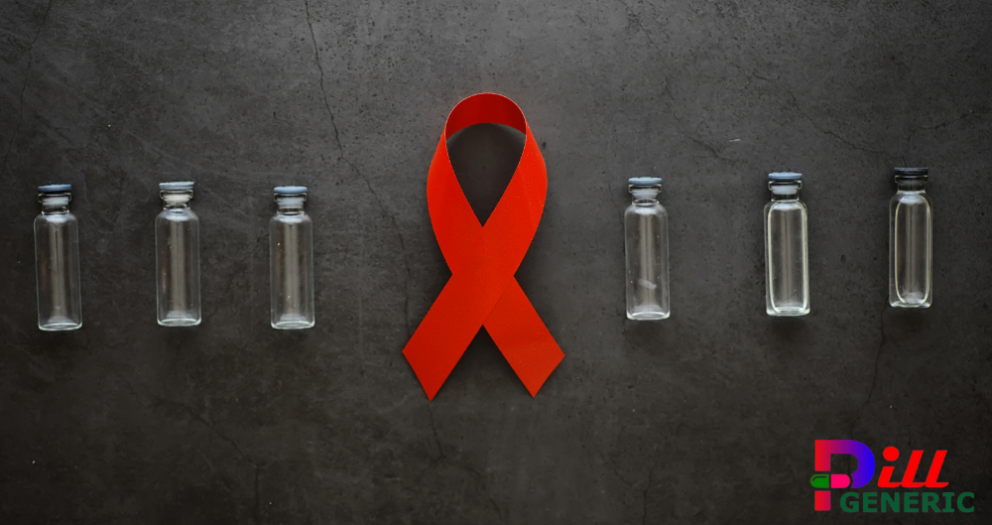Understanding Human Immunodeficiency Virus
HIV, or Human Immunodeficiency Virus, is a major health threat which has affected many millions of people around the world.
This guide will cover all the details of HIV, including its transmission, symptoms, treatment, and also prevention. Let us study this very complicated virus.
HIV (human immunodeficiency virus) is a virus that attacks the human immune system. Unlike some other viruses, such as the common cold, HIV cannot be cleared from the body. There is no cure for HIV, but there are treatments available



How Do People Get Hiv?
HIV spreads by certain body fluids, such as the blood, semen, vaginal fluids, rectal fluids, breast milk, and pre-seminal fluids. The prevalent means of transmission include the unprotected sex, sharing of needles with an infected person, and from an infected mother to her child during the childbirth or breastfeeding. Knowledge of these routes of the transmission is crucial in preventing new infections.How Is Hiv Transmitted?
HIV is passed through the contact with specific body fluids- such as semen, vaginal or anal fluids, breast milk, and blood. Transmission of these body fluids can take place through the unprotected intercourse or via sharing of needles or other items contaminated with such fluids. The HIV virus can be transmitted from the mothers to the infants during the pregnancy, delivery, and breastfeeding. HIV is NOT transmitted through contact with sweat, tears, saliva, bath or pool water, or by insect bite, coughing, sneezing, drinking from a water fountain, sharing dishes or drinking glasses, hugging, kissing, shaking hands, or even eating foods prepared by someone living with HIV.People Living With Hiv
There are millions of people living with the HIV all over the world. Medical treatment progresses, and a deeper understanding of the virus have enabled many people to have a normal and a satisfactory life despite having HIV. It is very crucial to demystify the myths and misconceptions about the HIV.Identifying An Individual With Hiv
It is therefore very important to have an HIV test at regular intervals since the virus does not always show the immediate symptoms. Modern HIV tests are very precise and also provide rapid results, enabling early diagnosis and timely treatment.Transmission Of HIV
HIV transmission is mainly through some bodily fluids, such as the blood, semen, vaginal fluids, and also breast milk. The most common modes of transmission include:- Sexual contact without a condom with an infected person can cause the spread of infections.
- Sharing needles or syringes containing the blood infected with the HIV virus.
- From an HIV-positive mother to her child during the pregnancy, childbirth, or breastfeeding.
- It is noteworthy that HIV does not spread through casual contact, such as hugging, kissing, or even sharing cutlery.
Symptoms Of HIV
The symptoms of HIV differ from one person to the other and may also appear to be similar to the other common diseases. Some people develop flu-like symptoms few days after the infection, such as fever, tiredness, sore throat, and swollen glands. But some may remain asymptomatic for many years. As the virus advances, the symptoms become increasingly severe and the AIDS begins to show.How HIV Is Spread
However, the HIV virus is not very stable outside the body. It is internal parasite. Thus, it must be transmitted by INTIMATE CONTACT between an infected individual and a non-infected person. Only when HIV enters the body of another person through the blood, semen, vaginal fluids or breast milk can HIV be transmitted from one individual to another.Examples Of Intimate Contact And Ways Of Spreading The Virus Are:
By contact with the blood of an infected person (like tattooing; sharing dirty needles, razors or toothbrushes; and transfusions of infected blood). By having sexual contact (contact with semen or vaginal secretions): man-to-man, woman-to-man or woman-to-woman with an HIV-infected person. These include vaginal, oral and also anal sex; sexual abuse, rape and also prostitution. From a mother who is infected to her child through the placenta during the pregnancy, during delivery (vaginal and C-section) or in the breast milk to her baby.HIV Testing And Diagnosis
The early detection of HIV is very important for the proper treatment and control. HIV testing is widely accessible in the healthcare settings, clinics, and also community centers. The most common tests include: Antibody Tests: These tests identify the antibodies produced by the immune system as a reaction to the HIV infection. Antigen Tests: These assays identify the HIV antigens, which are the proteins that the virus itself produces. Nucleic Acid Tests: These tests identify the viral genome, leading to a high accuracy.Treatment And Management
Modern art has transformed the way HIV is managed today, because there is no cure. ART is a regimen of medications that target various points in the HIV life cycle, thereby inhibiting the viral replication and enabling the immune system to regenerate. However, with the faithful ART, HIV individuals can have a long and healthy life.Preventive Measures
Prevention continues to serve as the foundation of the HIV control initiatives. Key preventive measures include: Practicing Safe Sex: The consistent and correct use of condoms during the sexual intercourse significantly reduces the likelihood of contracting HIV. Avoiding Needle Sharing: Do not share the needles or syringes, and also use sterile injecting equipment if you are going to inject drugs. Undergoing Regular Testing: Having a clear understanding of your HIV status with the help of regular testing allows you to take charge of your own health and seek proper treatment in case it is required. Pre-Exposure Prophylaxis (PrEP): PrEP is a prophylactic drug that is taken by the HIV-negative persons to cut the risk of getting the virus, especially in the situations where the risk is high.

